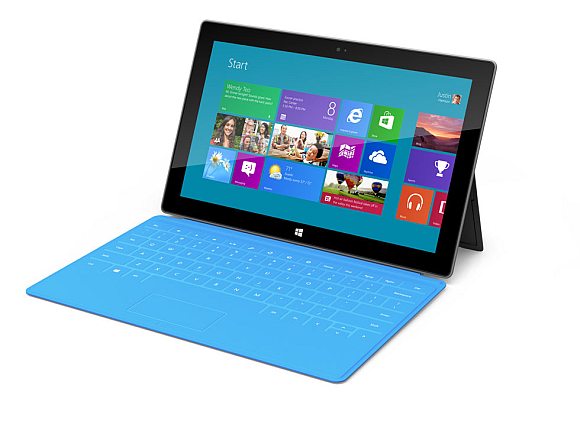Microsoft today revealed its most significant product since Windows Phone – Surface. Surface is a series of tablet devices powered by Windows 8 that is set to give the Microsoft a fighting chance to regain market share to Apple’s iPad and Android tablets in the rapidly expanding tablet computer segment.
There will be two options for the Microsoft Surface, one targeted for business professions which will be powered by Intel’s 22nm Ivy Bridge chips running Windows 8, and the other targeted squarely at the Apple iPad market equipped with an ARM chipset running on Windows RT, both come with 10.6-inch displays albeit with different resolution quality. Essentially, both devices look identical, aside from the different thickness and weight – that could be a good or a bad thing depending on how you look at it.
Microsoft Surface for Windows RT
The Windows RT version measures in a svelte 9.3mm thin and weighs just 680grams. The thinner
Surface also includes a built-in kickstand, and is the first PC with a vapour-deposited (PVD) magnesium case, according to Microsoft. It will ship in 32GB or 64GB versions. The Surface Windows RT features a 10.6-inch ClearTypeHD display.
Microsoft Surface for Windows 8 Pro
The heavy-hitting Intel-based Surface will run Windows 8 Pro and is more of an MacBook Air competitor than an iPad challenger. Understandably the Intel-based tablet is thicker and heavier than its ARM-powered stable mate measuring 13.5mm in thickness, weighs in at 860grams, and comes with USB 3.0 support. Similar to the thinner and lighter Surface running Windows RT, the Windows 8 Pro Surface will also include the fancy vapour-deposited magnesium shell as well as a built-in kickstand but will come with either 64GB or 128GB of on board storage.
On top of that, the Surface Windows 8 Pro includes digital ink support through a pen that sticks to the body of the tablet using magnets, and a 10.6-inch ClearType “Full HD” display. Both of the Surfaces feature optional Touch and Type keyboard covers.
Surface Touch and Type Covers
Microsoft has developed two covers for the Surface tablets. One is the touch-typing Surface Touch Cover which integrates a multitouch keyboard and trackpad. Microsoft claims typing on the Touch
Cover “is twice as efficient as typing on glass.” The cover itself only adds 3mm to the device’s thickness, and predictably attaches to the tablet via a magnetic connector (ala Apple’s Smart Cover). Key to the Touch Cover is its pressure-sensitive technology which “senses keystrokes as gestures,” which Microsoft claims will make for a faster typing experience. The Touch Cover comes in five colours – red, blue, black, pink and white.
For those of you who prefer a more tactile keyboard, there’s also the Type Cover which is essentially the Touch cover but with a more traditional tactile keyboard layout.
There’s no word yet on whether the Touch Cover will be buddle together with the Surface tablet or an
additional purchase.
Availability
In terms of availability, Microsoft has not set a date but indicated the that the Surface for Windows RT is expected to hit stores in September while the Surface for Windows 8 Pro is set to be available in time for Christmas. Retail pricing for both versions will be announced closer to availability but Microsoft say that it will be competitive with a comparable ARM tablet or Intel Ultrabook-class PCs.
We like what we’re seeing from Microsoft and the ability to run Microsoft applications like Words,
Office, Excel and PowerPoint natively on a tablet device is going to appeal to a lot of people. Like it or not, Microsoft still controls the lion’s share of the PC and productivity tool market. This is not going to change any time soon, and having hardware that can capitalize on this will be crucial to Microsoft taking a chunk in the tablet computer market from Apple and Android.
Microsoft is positioned very well to disrupt the market and we have no doubt that the Redmond giant
is able to deliver on the hardware and operating system side of things. The one thing that troubles us is the local app ecosystem, Windows Phone being a prime example. While the Lumia phones bring great value, offer a competitive feature set and are priced very attractively, the Windows Phone Marketplace remains to be one of the scarcest place to find apps in the country compared to the App Store and Google Play, and that is the one thing that’s stopping us from wholeheartedly adopting the platform.
For a power-user with multiple Twitter and Facebook accounts to manage, the lack of apps in the local Marketplace means that we have very little to choose from to augment the capabilities of the Windows Phone OS. This is not an issue with Windows Phone Market Place in other countries where the apps selection is more diverse. We see this being an issue with the ARM-based surface which is expected to run apps closely related to its Windows Phone versions. However, no such problem should arise with the Intel Ivy Bridge-based surface.
This is not a problem that Microsoft can’t fix in Malaysia but we’re not sure why is it taking its own sweet time to do so. Let’s hope by the time Surface arrives, they’ve got this issue sorted.
Check out the photos, promo video and full specifications for both devices right after the jump.
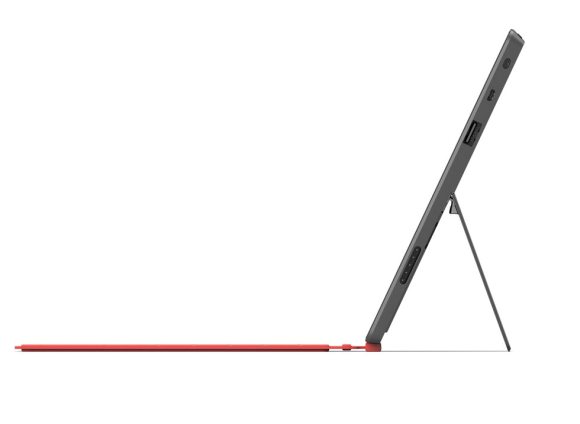
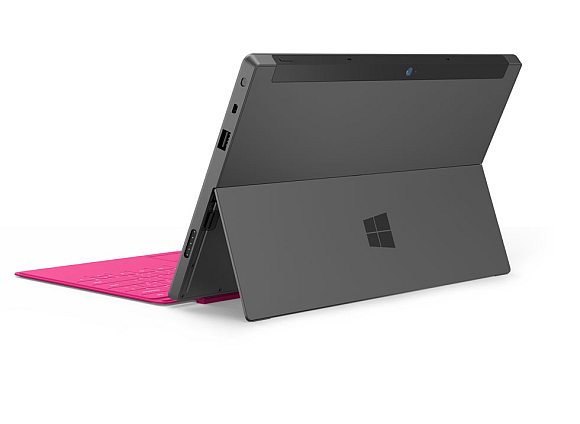
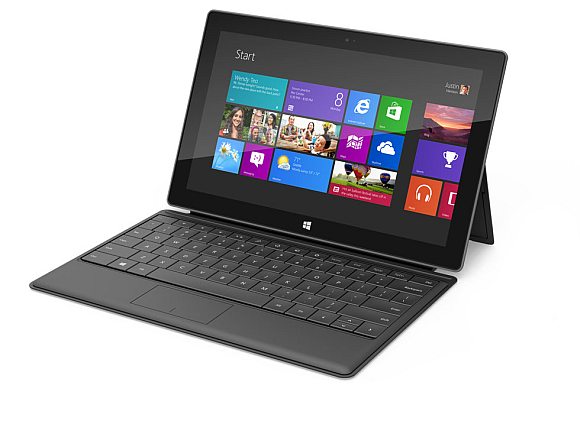
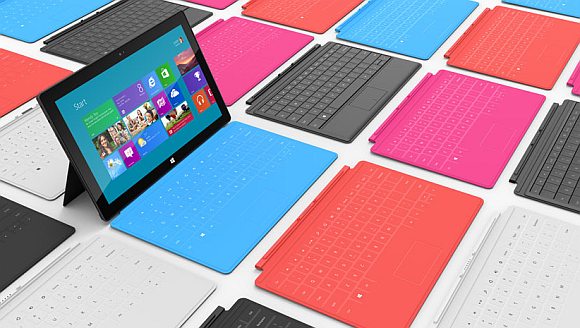
Surface for Windows RT
Processor: NVIDIA-made ARM chip
Weight: 676 grams
Thickness: 9.3 millimeters
Display: 10.6-inch ClearType HD capactive touchpanel
Battery: 31.5Wh
I/O: microSD, USB 2.0, Micro HD Video, 2×2 MIMO antennae
Software: Windows RT + Office Home & Student 2013 RT
Accessories: Touch Cover, Type Cover, VaporMg Case & Stand
Capacity: 32GB / 64GBAvailability: “Around” the Windows 8 launch (fall 2012)
Pricing: To be determined; competitive with most tablets
Surface for Windows 8 Pro
Processor: Intel Core i5 (Ivy Bridge)
Weight: 903 grams
Thickness: 13.5 millimeters
Display: 10.6-inch ClearType Full HD (1080p) capacitive touchpanel
Battery: 42Wh
I/O: microSDXC, USB 3.0, Mini DisplayPort, 2×2 MIMO antennae
Software: Windows 8 Pro
Accessories: Touch Cover, Type Cover, VaporMg Case & Stand, Pen with Palm Block
Capacity: 64GB / 128GBAvailability: “Three months after” the Windows 8 launch this fall
Pricing: To be determined; competitive with ultrabooks
For more information, head over to Microsoft Surface.

